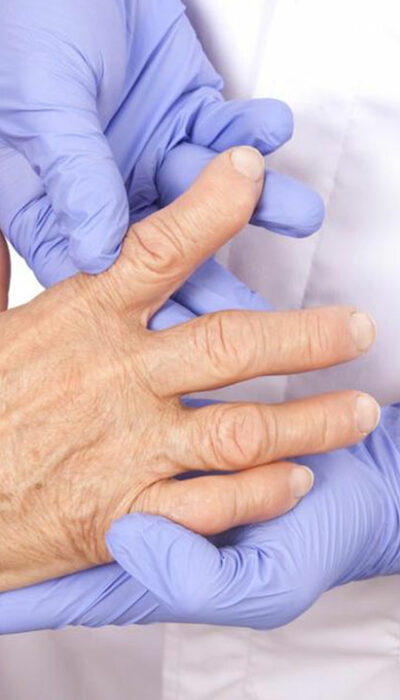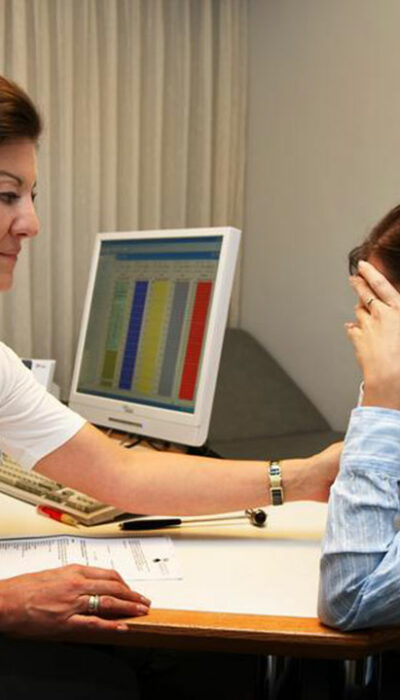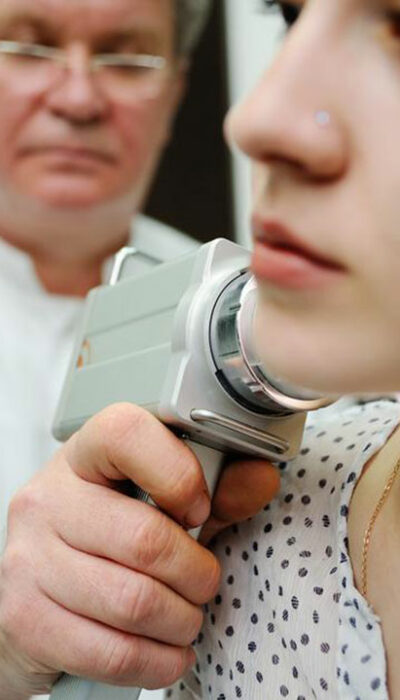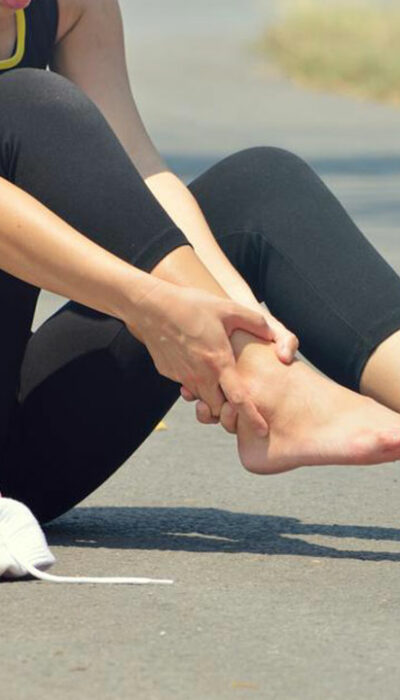
Hemorrhoids – Types, Symptoms, and Prevention
Hemorrhoids often known as piles are a common disease among people. Every three out of four individuals suffer from hemorrhoids at different ages during their lifespan. Hemorrhoids are the swollen veins in the anus and parts of the lower rectum. There are several causes of hemorrhoids. During deliveries, high pressure is exerted on the veins which may cause piles. Excessive straining during the bowel movements is another cause of hemorrhoids. Some of the probable symptoms of hemorrhoids include bleeding, itching, and discomfort. Read the article below to explore the causes, symptoms, facts, diagnosis, and treatment of hemorrhoids. Hemorrhoids can be classified into two categories, internal hemorrhoids and external hemorrhoids Internal hemorrhoids: Internal hemorrhoids occur inside the rectum walls. These hemorrhoids are less painful and don’t cause discomfort or irritation. In the beginning, people don’t even feel internal hemorrhoid. However, the enlargement makes them more obvious. In some cases, too much irritation and straining worsens the hemorrhoids and can even cause bleeding. Internal hemorrhoids can move to the anal opening due to high straining or increased pressure. The condition is known as protruding or prolapsed hemorrhoids. If you find pink skin around the anus area, it is a probable sign of prolapsed hemorrhoids. Prolapsed hemorrhoids cause much pain at times. This is because the anus has an intricate network of pain-sensing nerves. Protruding hemorrhoids can move into the rectum by itself. However, if they don’t, they can be moved back to the required place using medical treatment. External hemorrhoids: External hemorrhoids occur on the outer skin around the anus. Thrombosed hemorrhoids: Thrombosed hemorrhoids result in the formation of blood clot. Though thrombosed hemorrhoids don’t have severe impacts, it can be painful at times and lead to inflammation and bleeding. Enlarged hemorrhoids: The enlarged hemorrhoids can be identified with the symptoms such as mucus discharge, burning sensation in the anus, improper emptying during a bowel movement, itching, and pain.










